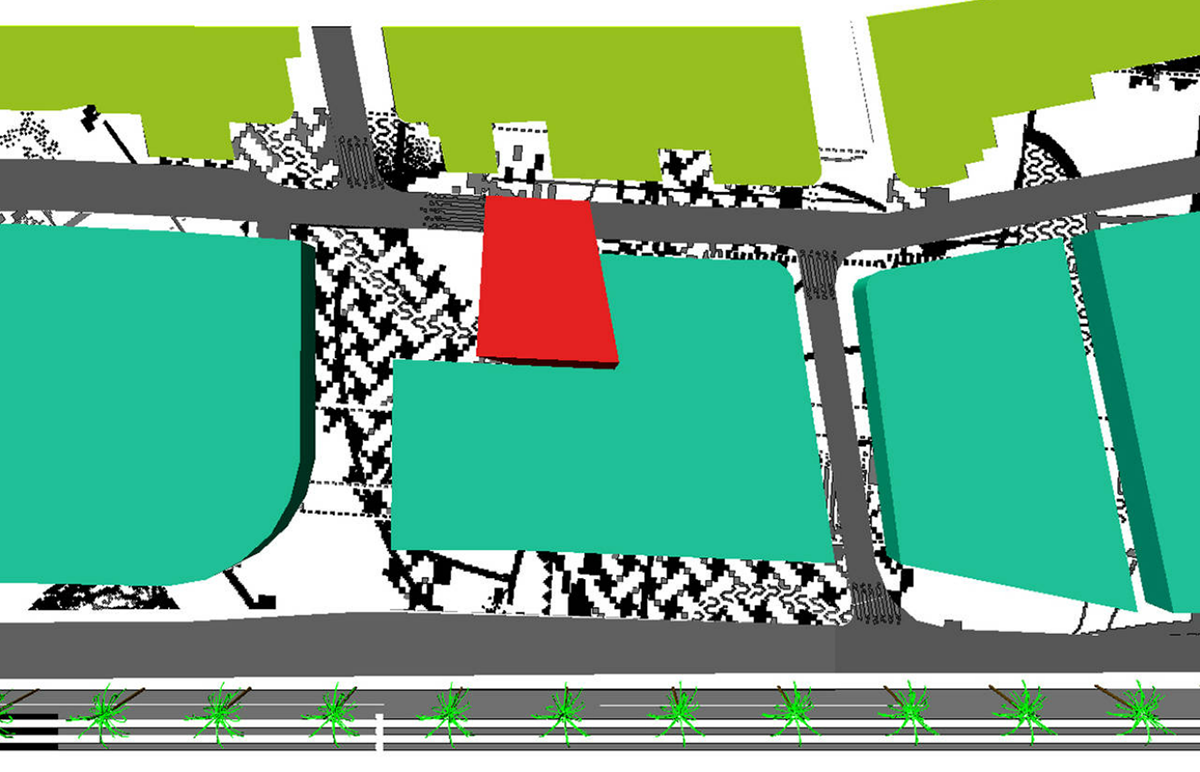Submitted by WA Contents
Landscapes of the Hyperreal: Ábalos & Herreros selected by SO – IL
Canada Architecture News - Jul 20, 2015 - 23:17 9296 views

Chromogenic prints with pressure-sensitive tape.Arch 272907. Ábalos & Herreros fonds, CCA, Montreal. Gift of Inaki Abalos and Juan Herreros. © Inaki Abalos and Juan Herreros.
23 July to 13 September 2015
Canadian Centre for Architecture
1920, rue Baile, Montréal, Québec, H3H 2S6, Canada
Ábalos & Herreros constructed landscapes—or, more precisely, assembled them—by crudely juxtaposing a cast of semi-familiar characters. Novel to Spanish architecture in the 1980s, this pragmatic method of appropriation was developed and consistently employed as part of their design process. Borrowing, incorporating and transforming allowed Ábalos & Herreros to absorb the Modernist canon, and to introduce a wide variety of architectural and visual art references. Their language of assemblage is vivid, dynamic and non-dogmatic. The collage here is not only a form of representation, but also a means of production.

Ábalos & Herreros. Recualificacion del espacio publico de Ramos, Rio de Janeiro, Brazil, 1997-2003. AHSO129R. Ábalos & Herreros fonds, CCA, Montreal. Gift of Inaki Abalos and Juan Herreros. © Inaki Abalos and Juan Herreros.
Ábalos & Herreros developed landscape projects in areas that had remained largely out of view. This new, liberated landscape—a direct result of the socio-economic conditions that were shaping Spain following the end of the Franco regime—shifted attention from the centre to the periphery. They actively chose to redefine these sites and to make them subjects of concern for the architect. These new programmatic interests included waste and recycling centres, sports and (nudist) recreation sites, harbours, highways and airports. Through this process of appropriation, Ábalos & Herreros generated a number of architectural characters: the shed, the double tower, the environmental structure, the machinic device and the pattern. They introduced these characters again and again in various proposals to populate, animate and activate new contexts, from the derelict industrial harbour of Bilbao to the undeveloped rural area of Valdemingómez.
The characters, initially site-less and “pure” start to coalesce; the soup gets thicker and murkier and the resolution intensifies. No longer able to operate autonomously, the landscape becomes an interrelated system, a hybrid of the natural and the artificial that is hyperreal. It is a new nature, made an integral part of the architectural proposition.
–Florian Idenburg and Jing Liu
> via cca.qc.ca/en
